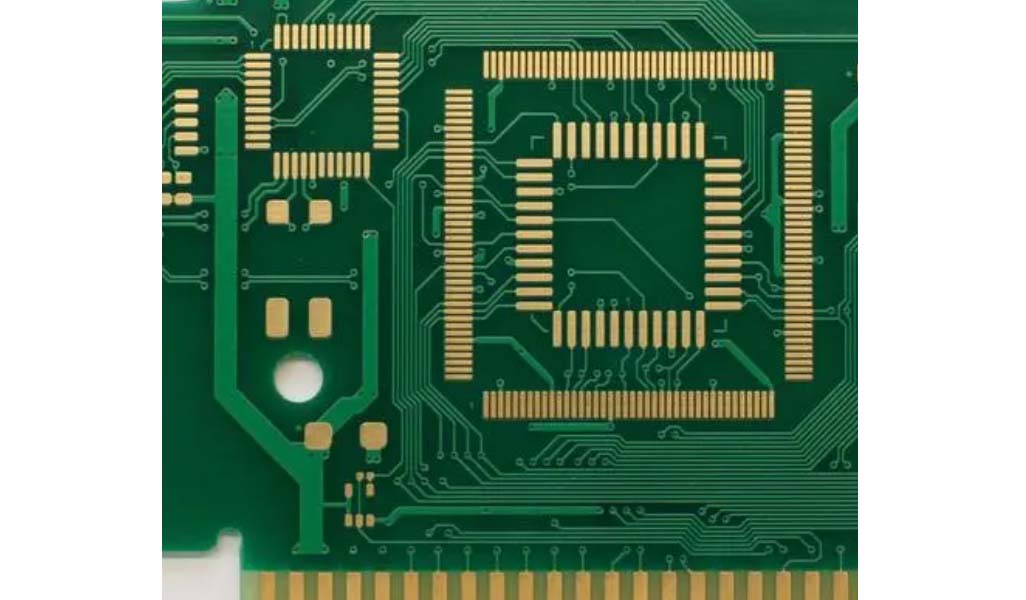What factors affect fr4 thermal conductivity?
PCB thermal conductivity requires great attention from manufacturers because it determines how the circuit board transfers heat to other components. As we all know, printed circuit boards are composed of electronic components, insulators, and conductive materials, and different components and materials have different thermal conductivity. In addition, there are many factors that affect fr4 thermal conductivity:
Heat dissipation vias:
Heat dissipation vias are holes placed on the printed circuit board, which play a vital role in heat dissipation. Generally speaking, the more heat dissipation vias there are in the circuit board, the better the thermal conductivity, because these vias provide more space to release the heat of the PCB and components.
PCB copper plating:
Copper plating is another important factor that affects thermal conductivity. Fr4 thermal conductivity actually depends on whether the copper plating is complete, that is, whether it is connected from one end to the other. If the copper plating density is larger, the thermal conductivity will be high, and if the copper plating density is smaller, the thermal conductivity will be low.
Inner layer:
Inner layer is a factor that affects the heat dissipation of the circuit board. If there are many inner layers, the thermal conductivity will be reduced, and vice versa.

Fr4 thermal conductivity Management:
Thermal conductivity management is critical for FR4 PCBs and affects their performance, reliability, and lifespan. Without thermal management, printed circuit boards may suffer from delamination, damage, or device failure. Fortunately, there are several ways to effectively manage thermal conductivity:
Designing PCBs better:
Thermal conductivity is a factor that must be considered when designing PCBs. Here are some tips for better PCB design:
First, when designing printed circuit boards, it is best to separate high-power and signal conductors. We can insert more thermal vias along the heat dissipation path. Thermal vias can be plated or unplated, which allows air circulation and heat dissipation. In addition, a reasonable array of thermal vias is also helpful for reducing thermal resistance and improving heat dissipation performance.
Second, we recommend increasing the distance between devices to make the heat distribution more uniform across the layers, thereby reducing the risk of hot spots. But we should note that this method is not suitable for small-sized PCBs.
Third, the geometry of the device is also an important factor to consider when designing. The traces connecting components should be as short and wide as possible, and thick copper should be used for traces that carry high currents. Electronic components may fail if the device is too small.
Copper Thickness and Width of Trace:
The thickness and width of the copper pad or trace play an important role in fr4 thermal conductivity design. The thickness of the copper trace should be enough to provide a low impedance path for the current passing through it. This is because the resistance of the copper trace and vias can cause significant power loss and heating, especially when they are subjected to high current density. Therefore, it is recommended to use sufficient trace width and thickness to reduce heating.
Placement of High-Power Components in PCB:
For better heat dissipation, high-power components such as processors and microcontrollers should be placed in the center of the PCB. If a high-power component is mounted close to the edge of the board, it accumulates heat at the edge and increases the local temperature. However, if the device is placed in the center of the board, the heat will scatter in all directions across the entire surface. Therefore, the surface temperature of the PCB will be lower and dissipate easily.
In addition, make sure to place high-power components away from sensitive devices and maintain proper spacing between two high-power devices. Try to place high-power components evenly on the PCB.
Learn how to choose the right PCB components for your project:
Currently, 500 µm high profiles with widths ranging from 2.0 mm to 12 mm are available in a variety of lengths and wires with a diameter of 500 µm are already available. Solid copper elements firmly bonded to the conductor pattern can be applied directly to the base copper using ultrasonic joining techniques and integrated into any layer in a multilayer using FR4 base material. Copper is used for several reasons: It has twice the thermal conductivity of aluminum and therefore ensures rapid heat dissipation without the need for an insulating intermediate layer under the LED heatsink pad.
We mainly use FR4 for mass production of PCBs. However, in this case, fr4 thermal conductivity is very low compared to alternative materials. So, most manufacturers have to use a variety of thermal management techniques and methods to keep the temperature of FR4 PCBs and their active components within a safe operating range.